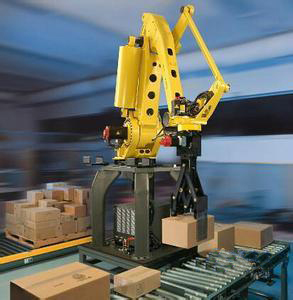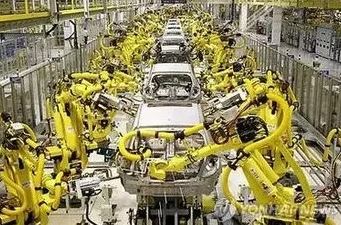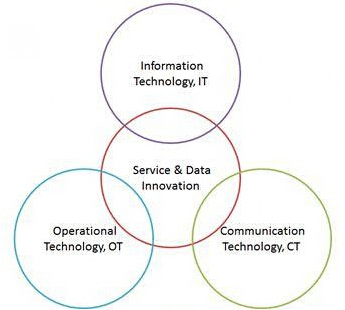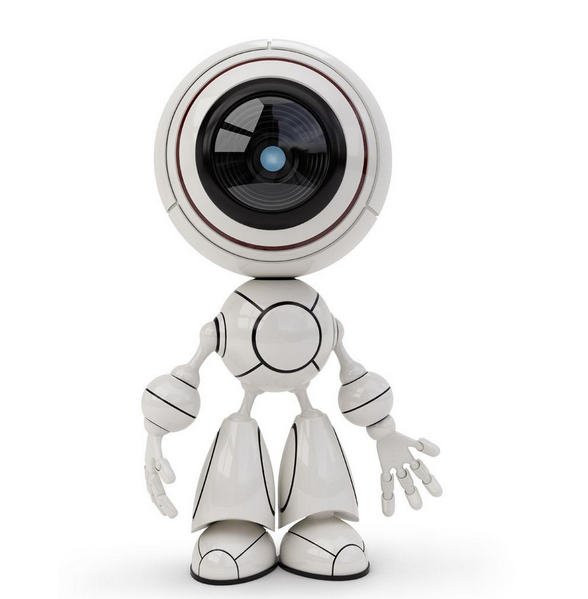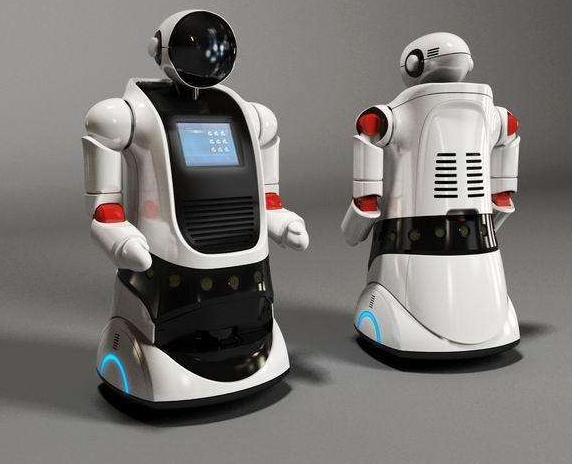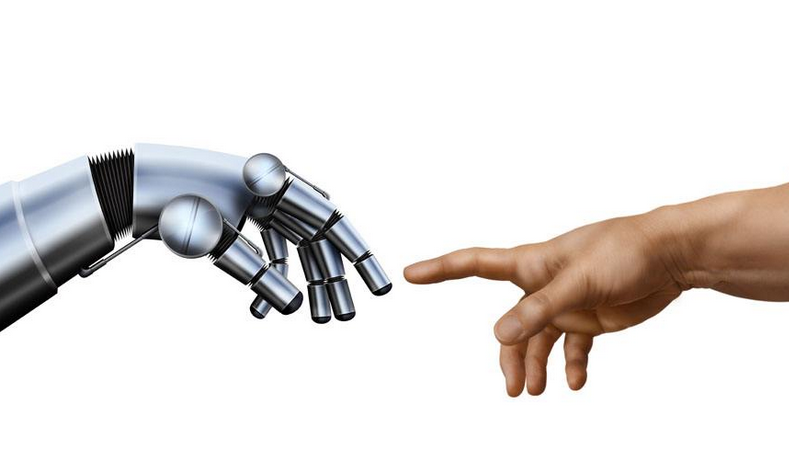The choice of gait, that is, whether we are walking or running, is very natural for us, and we have never even thought about it. We walked slowly and ran fast. If we slowly speed up on the treadmill, we will walk slowly from the beginning and become running at a certain critical point; all this happens involuntarily, because it feels more comfortable.
This is still a big "probability" because we don't currently know if using different footsteps will really pay off, or how the gait that the robot fits looks like. Will they walk or run in some form, or something completely different?
In nature, biomechanical studies have shown that the choice of gait is closely related to the energy cost of transportation. This cost indicates how many calories are needed to move a particular distance. For many animals, this is an important measure. Food is often a scarce resource, and efficient exercise may be the key to survival.

To understand the impact of gait on transportation costs, researchers can estimate energy consumption by measuring the amount of oxygen that a person or animal consumes while walking in an asynchronous state. Using this technique has shown that at low speeds, less energy is required to walk, while at altitude, running uses less energy.
The computer solves this problem in a systematic way by simply trying to use the model legs to move forward any way possible. The results of these optimizations are very significant. Even if the computer has no previous concept of walking, running, or gait, the best motion that occurs through this process is very similar to the gait and gait sequences found in nature.
By changing the target speed of each movement, the best gait sequence can then be identified. The surprising discovery is that there is basically no surprise: in order to move with as little energy as possible, biped robots should walk at low speeds and at high speeds; quadruped robots must walk, gallop and gallop. It is worth noting that despite the huge differences in structure and movement between animals and robots, this result is still found.
















 RCCN WeChat QrCode
RCCN WeChat QrCode Mobile WebSite
Mobile WebSite